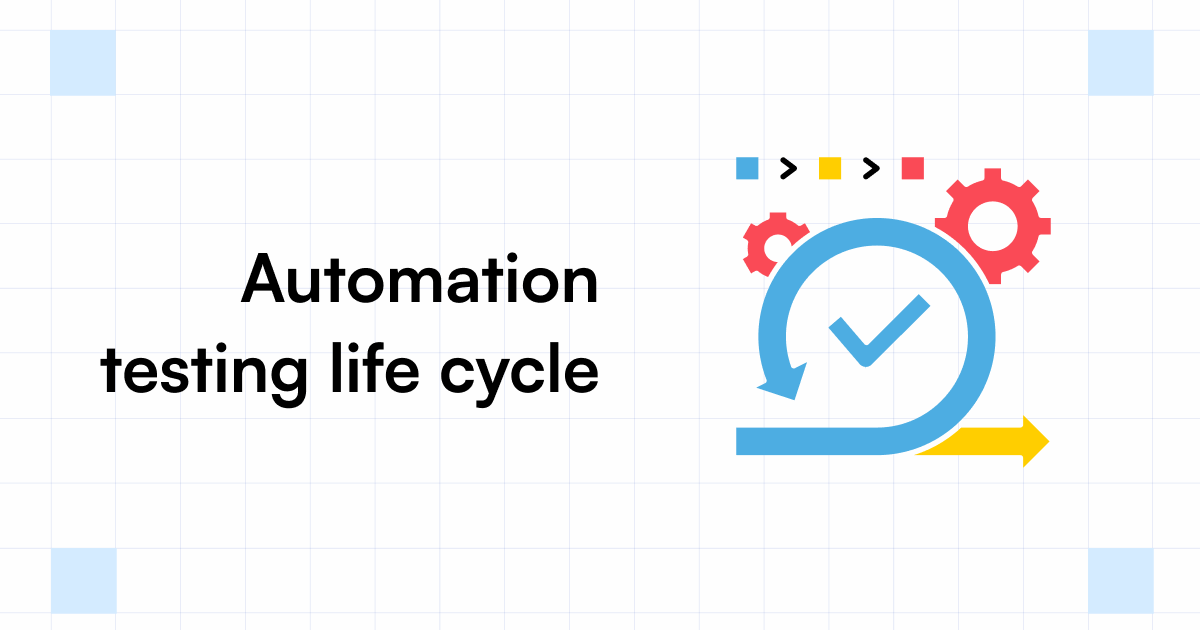Automation Testing: Key Steps to Enhance Growth Lifecycles
Automation Testing: Key Steps to Enhance Growth Lifecycles
Blog Article
From Handbook to Automated Testing: A Comprehensive Guide to Transitioning Efficiently and Successfully
In the realm of software program screening, the change from guidebook to automated processes has become a significantly important shift for companies looking for to boost effectiveness and accuracy in their testing methods. As modern technology continues to advancement, the requirement for efficient and smooth computerized testing methods has never ever been much more important. The trip from guidebook to automated testing is not without its challenges, yet when approached tactically and with a clear strategy in mind, the advantages can be substantial - automation testing. In this comprehensive overview, we will certainly discover crucial steps and factors to consider essential for a successful transition, from the preliminary selection of devices to the assimilation of automation into existing workflows. Keep tuned to uncover the insights that will aid pave the means for a smoother and much more reliable testing procedure.
Advantages of Automated Testing
Automated testing supplies numerous advantages, boosting performance and accuracy in software application growth processes. Automated examinations can be run at the same time on several devices and operating systems, significantly speeding up the testing stage contrasted to hands-on testing.
Furthermore, automated screening makes sure a higher degree of accuracy in detecting problems. Since automated examinations comply with predefined manuscripts, human error is lessened, bring about even more dependable examination outcomes. Uniformity in screening is likewise boosted, as automated examinations execute the very same steps specifically each time they are run. This consistency is crucial in making sure that all performances of the software are completely examined, lowering the likelihood of unnoticed pests sliding through to manufacturing.
Choosing the Right Devices

First of all, assess your goals and demands. Recognize the range of your job, the modern technologies entailed, and the capability of your team. This evaluation will aid you establish the attributes and capacities you call for in your screening tools.
Second of all, take into consideration the compatibility of the tools with your existing systems and processes. Seamless integration with your present software application advancement lifecycle is necessary to make certain a smooth transition to automation.
Furthermore, assess the scalability and versatility of the devices. As your testing requires advance, the devices need to have the ability to adapt and suit adjustments efficiently.
Finally, consider the support and area around the tools. Robust support and an active customer community can provide useful sources and help when executing automated screening. By meticulously thinking about these aspects, you can select the right tools that align with your needs and established the stage for a successful change to automated testing.
Writing Efficient Test Scripts

When crafting examination scripts, it is vital to take into consideration the certain requirements of the software program being tested and make certain that the scripts address all critical performances. Descriptive and clear naming conventions for test scripts and examination instances can improve readability and maintainability. Additionally, incorporating mistake handling devices within the examination scripts can aid in determining and resolving problems without delay.
Moreover, organizing test manuscripts right into modular parts can boost reusability and scalability, decreasing redundancy and improving efficiency in examination script upkeep. Regular reviews and updates to evaluate manuscripts are crucial to maintain rate with developing software application demands and capabilities. By following these concepts, testers can create effective and durable examination scripts that click here for info add considerably to the success of automated screening processes.
Integrating Automation Into Workflows
Reliable assimilation of automation devices right into existing workflows streamlines procedures and improves efficiency within software program development cycles. When integrating automation into workflows, it is crucial to recognize recurring jobs that can be automated to save time and minimize human error. By seamlessly integrating automated testing devices like Selenium or Appium into the software growth lifecycle, groups can accomplish faster responses on code adjustments, leading to quicker pest detection and resolution. This integration permits constant testing throughout the growth process, making sure that any concerns are determined early, leading to higher software program quality. In addition, automation can be made use of to trigger tests instantly after each code commit, giving immediate validation and freeing up testers to concentrate on even more facility scenarios. Correct combination of automation devices calls for partnership in between growth, screening, and procedures teams to establish a unified process that enhances efficiency and efficiency in delivering premium software.
Making Certain a Smooth Shift
Efficiently transitioning to automated screening includes precise preparation and mindful execution to maximize and reduce disruptions performance in the software application advancement process - automation testing. To make certain a smooth shift, it is necessary to start by conducting a thorough evaluation of the present testing processes and determining areas where automation can bring the most considerable benefits. Involving with all stakeholders early in the procedure, consisting of designers, testers, and project managers, is vital for garnering support and buy-in for the automation campaign
Interaction is crucial throughout this change phase. Clear communication of the objectives, benefits, and expectations of automated testing helps to handle any kind of resistance or worries that might arise. Furthermore, offering ample training and sources for employee to upskill in automation devices and techniques is important for ensuring a successful shift.

Final Thought
Finally, transitioning from guidebook to automated testing provides numerous advantages, including raised performance and dependability. By selecting the appropriate devices, creating reliable examination scripts, and incorporating automation seamlessly right into workflows, companies can ensure a smooth and effective transition. It is crucial to accept automation as a valuable property in software program screening processes to boost general high quality and productivity.
In the world of software application screening, the change from manual to automated processes has come to be a significantly essential shift for organizations looking for to boost effectiveness and accuracy in their testing practices. Automated examinations can be a knockout post run at the same time on numerous gadgets and operating systems, dramatically speeding up the screening stage contrasted to hand-operated testing. Consistency in testing is also enhanced, as automated examinations carry out the same steps precisely each time click resources they are run.To make certain the successful execution of picked screening tools, the development of reliable examination manuscripts plays a vital role in confirming the functionality and performance of automated procedures - automation testing. By following these principles, testers can develop effective and robust test manuscripts that add considerably to the success of automated screening procedures
Report this page